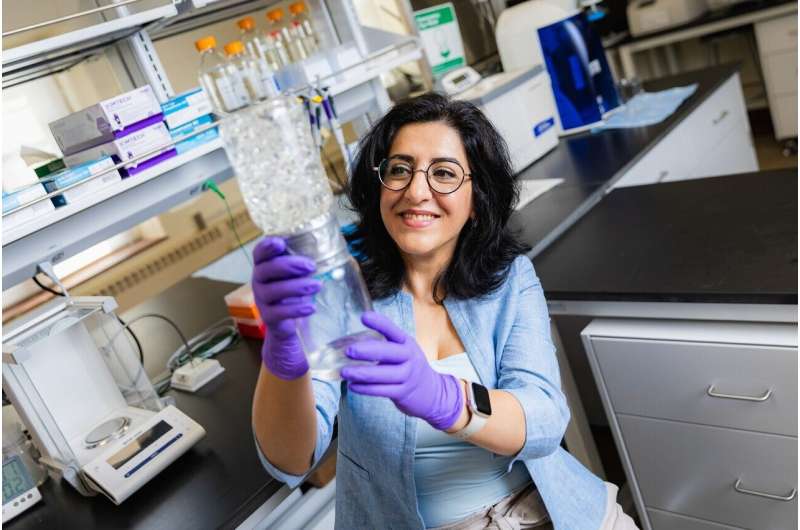
Research from Virginia Tech reveals that the flexibility of cell membranes is primarily determined by the packing density of lipids, rather than the type of lipids present. This breakthrough, led by physicist Rana Ashkar, offers significant insights into membrane biophysics and potential applications in drug delivery and artificial cell technologies. The findings were published on August 1, 2025, in the journal Nature Communications.
Understanding Membrane Behavior
Cell membranes serve as crucial barriers that protect cells and regulate their interactions with the environment. Their ability to adapt to various conditions—such as changes in diet, pressure, or temperature—ensures cellular homeostasis. However, the mechanisms behind this adaptability have puzzled scientists.
For years, researchers assumed that the composition of lipids in a membrane directly influenced its physical properties, such as flexibility and elasticity. Previous studies produced inconsistent results when examining the effects of cholesterol on membrane structure, leading to confusion in the scientific community. Some membranes stiffened upon cholesterol injection, while others remained unaffected.
Shifting the Focus to Packing Density
According to Ashkar, the prevailing belief was that different lipid types reacted distinctly to cholesterol. Determined to challenge this notion, her team investigated the issue on a nanoscale level, utilizing neutrons and X-ray techniques. Their research revealed that it is not the type of lipid but rather how tightly the lipids are packed that determines membrane elasticity.
The researchers found that some lipids resist crowding while others can be densely packed. This packing density emerged as the crucial factor influencing membrane flexibility, which in turn plays a vital role in cell viability.
To validate their findings, Ashkar’s team collaborated with Michael Brown from the University of Arizona and Milka Doktorova from Stockholm University. Their complementary nuclear resonance experiments and computational studies confirmed the same biophysical laws identified by Ashkar’s group.
As Ashkar stated, “Membranes can have remarkable compositional complexity, but what really matters in determining or predicting their elasticity is how packed they are. And that is a very, very powerful design principle that cells seem to follow and that we can now apply in engineering lifelike artificial cells.”
This research not only advances the understanding of cell membrane behavior but also opens new avenues for the development of innovative therapeutic strategies and bioengineering applications. The implications of these findings could reshape approaches to disease intervention and drug delivery systems, marking a significant step forward in membrane biophysics.
The full study can be found in Nature Communications under the title “Cholesterol modulates membrane elasticity via unified biophysical laws.” The DOI for the article is 10.1038/s41467-025-62106-0.







